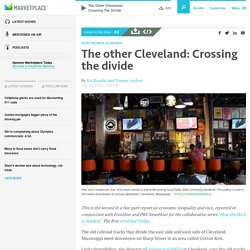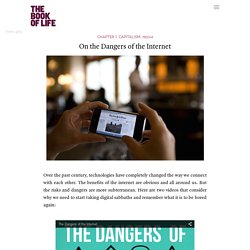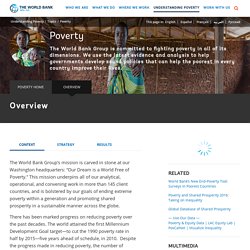

The other Cleveland: Crossing the divide. By Kai Ryssdal and Tommy Andres July 18, 2016 | 2:50 PM This is the second in a two-part report on economic inequality and race, reported in conjunction with Frontline and PBS NewsHour for the collaborative series "How the Deck is Stacked.

" The first aired last Friday. The old railroad tracks that divide the east side and west side of Cleveland, Mississippi meet downtown on Sharp Street in an area called Cotton Row. Linda Stringfellow, the director of AmeriCorp VISTA in Cleveland, says the old tracks still divide whites and blacks, the haves and have-nots in the town. “In Delta towns, still today, rivers and railroad tracks divide,” she said. AmeriCorp VISTA is a national anti-poverty organization, so Stringfellow says she’s “right in the trenches” of the fight against it.
“We didn’t know that we were poor,” Stringfellow said. Stringfellow is in her 40s, and says Cleveland is in no better shape today than it was when she was growing up. Mike Carr is an attorney in Cleveland. On the Dangers of the Internet. Views: 4064 Over the past century, technologies have completely changed the way we connect with each other.

The benefits of the internet are obvious and all around us. But the risks and dangers are more subterranean. Here are two videos that consider why we need to start taking digital sabbaths and remember what it is to be bored again: For Educators - WhyPoverty.net. Educator’s/Facilitator’s Guide There are resources for Educators & Facilitators based around each film and the key issues they raise, with suggestions for discussions, activities and further reading.

These are designed to help people use the films as educational tools or as starting points for discussion. You’ll find them across the site to access as pages and PDFs. You can… DVD Box Set What’s in the Facilitator’s Box Set? DVD Box 8 x 1 hour documentary films34 x short films Facilitator’s Guide Booklet. Why Poverty. Are women better at getting out of poverty than men?

To find out more and get teaching resources, go to www.whypoverty.net Rafea is the second wife of a Bedouin husband. She is selected to attend the Barefoot College in India that takes uneducated middle-aged women from poor communities and trains them to become solar engineers. The college's 6-month programme brings together women from all over the world. Learning about electrical components and soldering without being able to read, write or understand English is the easy part. Directors: Mona Eldaief & Jehane Noujaim Producer: Mette HeideProduced by Plus Pictures & Steps International Why Poverty?
Video URL: Show less. Worldometers - real time world statistics. Geohive - Population Statistics. 11 Facts About Global Poverty. Poverty Facts and Stats. This figure is based on purchasing power parity (PPP), which basically suggests that prices of goods in countries tend to equate under floating exchange rates and therefore people would be able to purchase the same quantity of goods in any country for a given sum of money.

That is, the notion that a dollar should buy the same amount in all countries. Hence if a poor person in a poor country living on a dollar a day moved to the U.S. with no changes to their income, they would still be living on a dollar a day. The new poverty line of $1.25 a day was recently announced by the World Bank (in 2008). For many years before that it had been $1 a day. But the $1 a day used then would be $1.45 a day now if just inflation was accounted for. The new figures from the World Bank therefore confirm concerns that poverty has not been reduced by as much as was hoped, although it certainly has dropped since 1981. Poverty Overview. There is no silver bullet to ending poverty, and strategies to reach the least well-off must be tailored to each country’s context, taking into account the latest data and analysis and the needs of the people.

The fact that there has been such progress in the world, however, tells us that a few things are working. Experience shows that in order to sustainably reduce poverty, countries need to: Grow in an inclusive, labor-intensive way. Invest in the human capital of people, especially those who are unable to benefit from basic services due to circumstances beyond their control. Insure poor and vulnerable people against the shocks that can push them deeper into poverty- things such as severe weather, pandemics, food price variability, and economic crises.
This goal to end poverty works hand in hand with the World Bank Group’s goal to promote shared prosperity, focused on increasing the income growth among the bottom 40 percent in every country. Birhan's Story - Why Poverty? (English version) 7 Stories That Will Make You Say 'Thanks Mom' We are the Zaballeen.